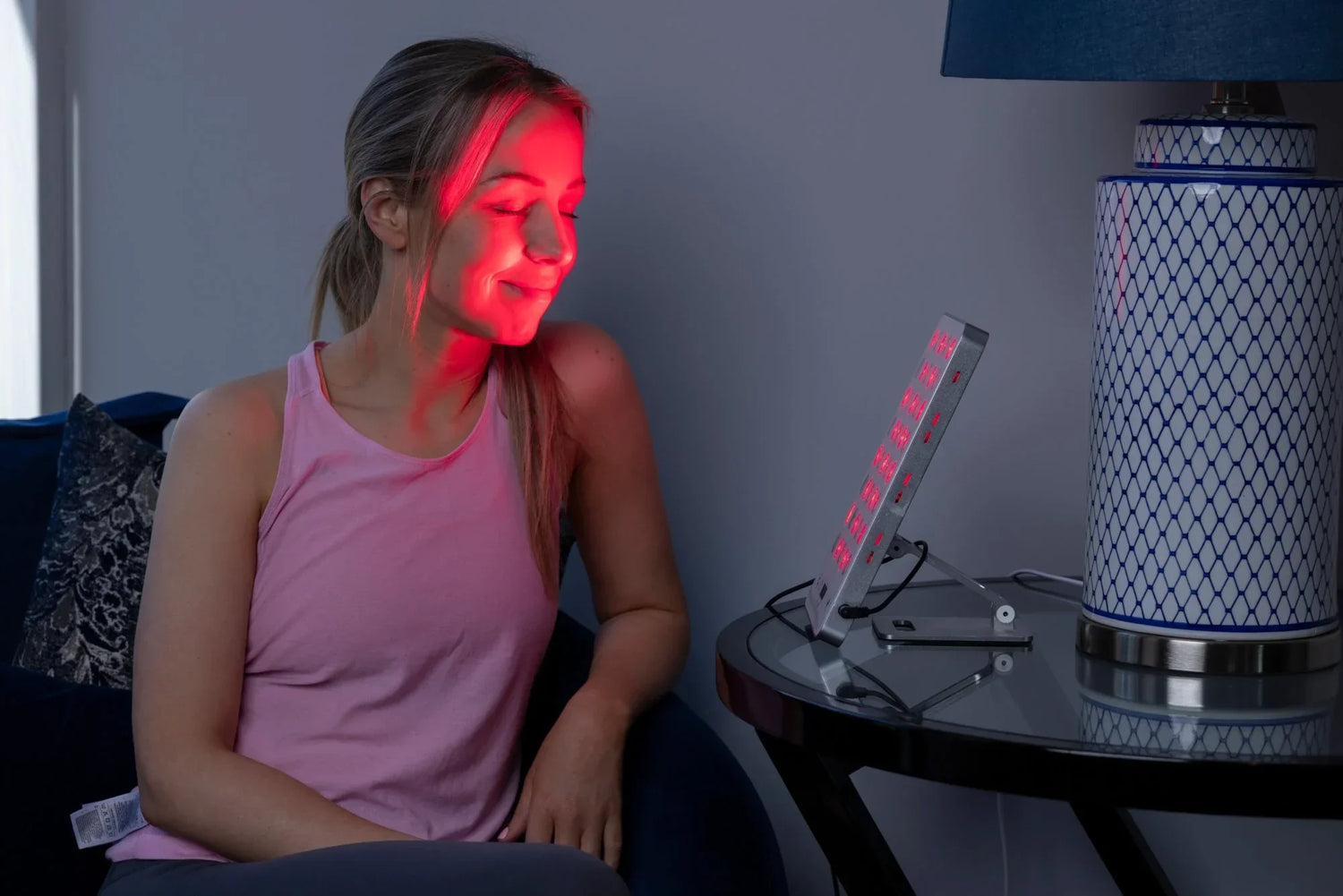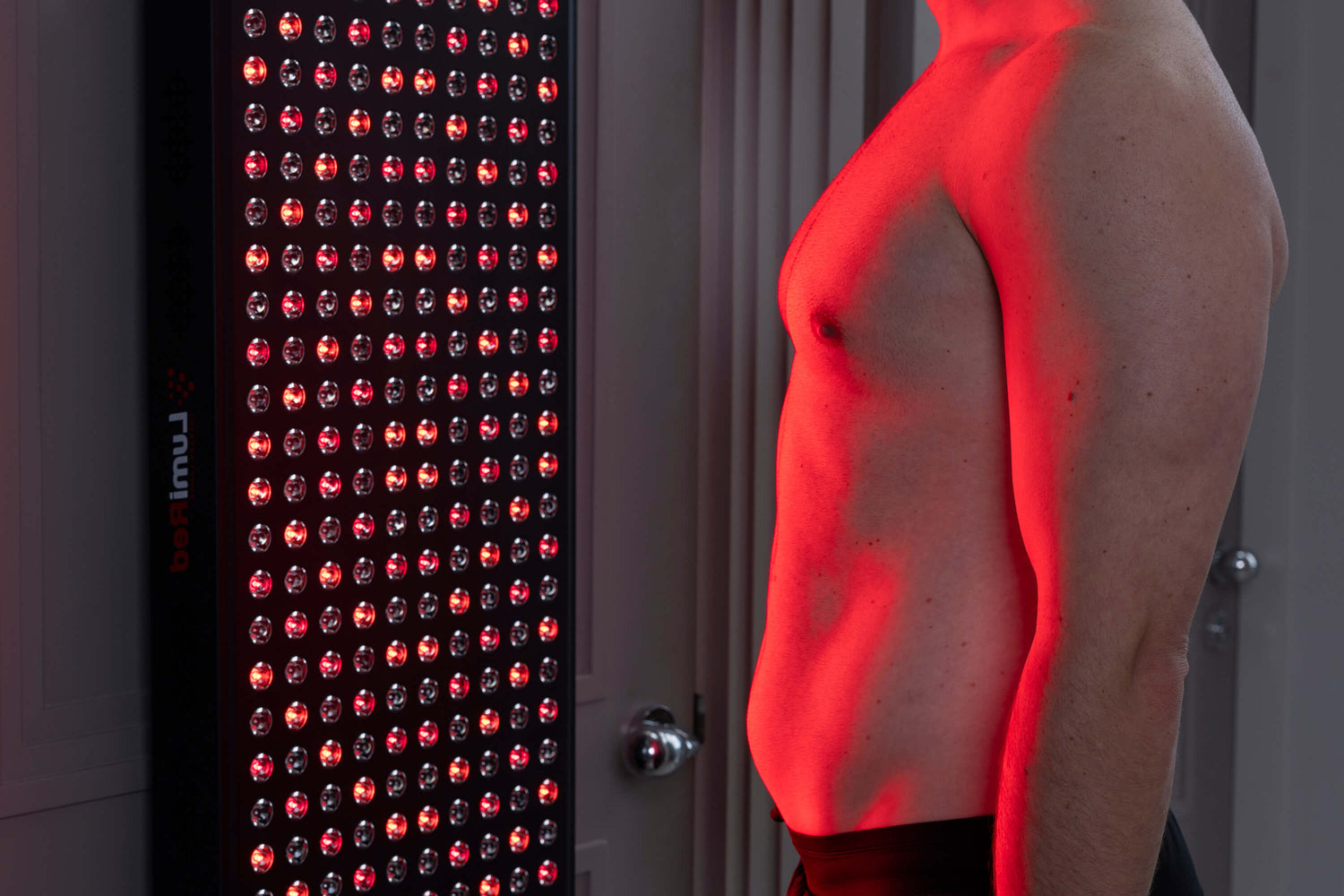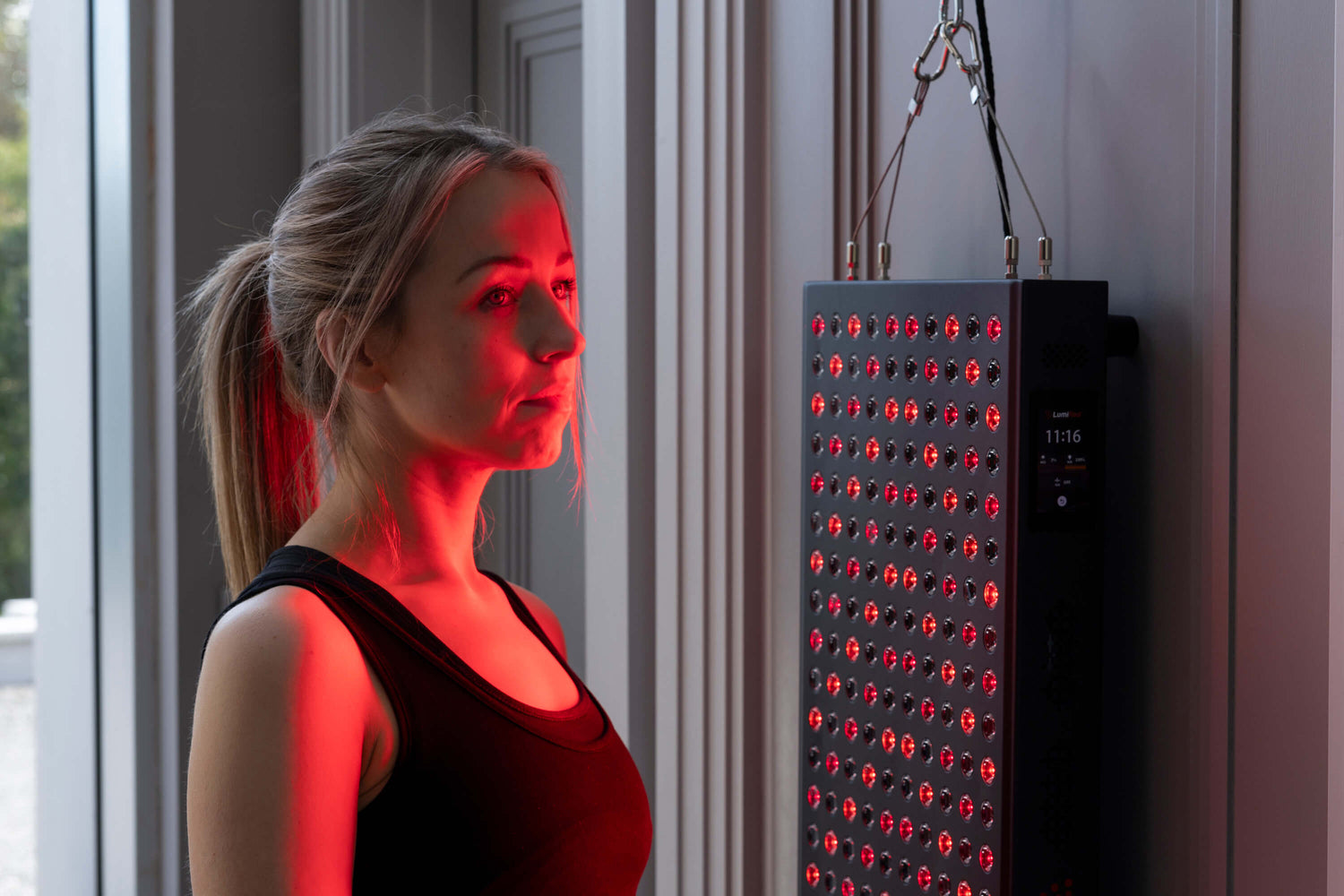Understanding Red Light Therapy
Red Light Therapy, also known as low-level laser therapy (LLLT) or photobiomodulation therapy, utilizes specific wavelengths of red and near-infrared light to penetrate the skin's surface. These wavelengths, typically ranging from 630 to 850 nanometers, are absorbed by the cells in the targeted area, triggering various biological responses.
How Red Light Therapy Works for Hair Growth
Stimulating Hair Follicles
One of the primary mechanisms through which RLT aids in hair growth is by stimulating hair follicles. When the red light penetrates the scalp, it reaches the hair follicles and stimulates increased circulation and energy production within these cells. This enhanced blood flow brings vital nutrients and oxygen to the hair follicles, promoting their activity and potential for hair growth.
Boosting Cell Metabolism
Red light at specific wavelengths has been shown to enhance cellular metabolism and ATP production (adenosine triphosphate), the energy currency of cells. This increase in cellular energy helps rejuvenate dormant hair follicles, encouraging them to transition from the resting phase (telogen) to the active growth phase (anagen).
Reducing Inflammation
Inflammation in the scalp can hinder hair growth by disrupting the natural hair growth cycle. Red light therapy has exhibited anti-inflammatory properties, potentially reducing inflammation in the scalp and creating a conducive environment for healthy hair growth.
Scientific Evidence Supporting Red Light Therapy for Hair Growth
Several studies have investigated the efficacy of red light therapy in promoting hair growth. For instance, a study published in the "Lasers in Surgery and Medicine" journal in 2013 demonstrated that participants who underwent red light therapy experienced a significant increase in hair density compared to those who received a placebo treatment.
Another study published in the "Journal of Cosmetic and Laser Therapy" in 2017 concluded that low-level laser therapy, specifically red light, showed promise in improving hair counts in men with androgenetic alopecia, a common form of hair loss.
Red Light Therapy: Safe and Non-Invasive Hair Restoration Option
One of the key advantages of red light therapy is its non-invasive nature. Unlike certain surgical procedures or invasive treatments, RLT for hair growth is painless and does not cause any significant side effects when administered correctly.
Additionally, red light therapy devices are becoming increasingly accessible, with options ranging from specialized hair growth helmets to handheld devices designed for home use. These devices offer convenience and the flexibility to incorporate RLT into one's regular hair care routine. LumiRed now offer a helmet option that incorporates both laser and LED in a simple to use device in only 20 minutes a day.
Conclusion
While individual results may vary, red light therapy stands as a promising and non-invasive option for individuals seeking to enhance hair growth and improve the overall quality of their hair. As with any treatment, consulting with a healthcare professional or dermatologist is recommended to determine the most suitable approach for addressing hair concerns.
As research continues to unfold, the potential of red light therapy in the realm of hair restoration appears to shine brightly, offering a beacon of hope for those striving for healthier and fuller hair.
In the pursuit of vibrant and flourishing hair, red light therapy emerges as a beacon of promise, shedding light on new avenues for natural hair rejuvenation and growth.




